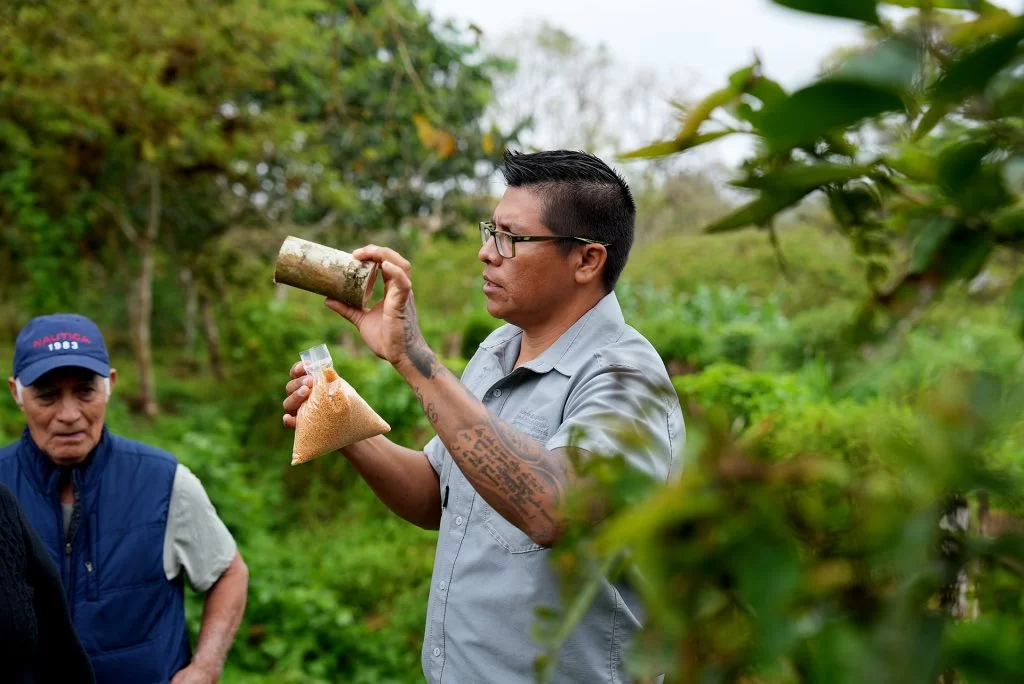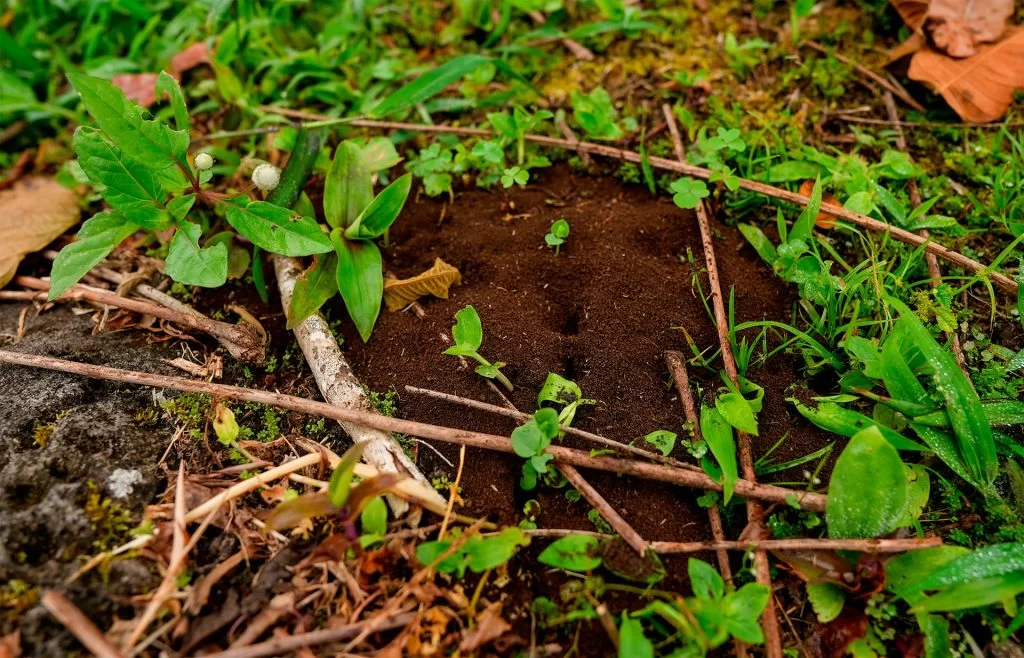Context and Challenge
According to research funded by the Charles Darwin Foundation and the Galapagos National Park Directorate, 22 ant species were introduced to the Galapagos Islands. These included the big-headed ant and the deadly flame ant. Both are listed among the top 100 invasive exotic species around the world. These insects are a threat to birds, plants and invertebrates. They also pose a danger to nesting areas of giant tortoises. They also have a significant impact on local economies, as they pose serious challenges to agriculture.
In order to address this issue and to strengthen conservation efforts, the Galapagos Biosecurity and Quarantine Regulation and Control Agency ABG (the Galapagos health authority) has committed to financial support. The ABG aims to control and prevent invasive species and develop effective management techniques for urban, agricultural, and rural areas. They also aim to prevent the introduction and spread of new species such as ants.
Control and Monitoring Strategies
Biosecurity agents patrol strategic areas like docks, markets and waste collection centers. They use baits such as sausages, peanutbutter, tuna and honey to attract and detect ants. The ants collected are then analyzed to determine whether they are a new species. These data are crucial for the implementation of control measures in agricultural and urban areas. In addition, farmers are involved in field interventions to control ant populations and protect crops. To simplify the identification and control of ants, a digital catalog will be created. This will provide technicians and producers with accurate tools and timely information to address these threats.

Ronal Azuero, Biosecurity Agent of the Agency for Regulation and Control of Biodiversity and Quarantine for Galápagos (ABG), shares knowledge with local farmers and producers, guiding them in the effective application of products to combat invasive ants. ©Galápagos Conservancy
Uniting Forces for the Future
Marilyn Cruz, executive director of the Galapagos Biosecurity Agency explains that fighting invasive species requires strategic alliances. We are grateful for the Galapagos Conservancy’s invaluable support, which improves our prevention control and eradication efforts. Together, we protect this World Natural Heritage Site,” she highlighted.
This initiative is crucial not only to preserve the unique Galapagos ecosystems but also to ensure a sustainable future, especially in agriculture and tourism. According to Dr. Jorge Carrion from our Conservation Department, ants are an invasive species which threatens the ecological stability of the archipelago and impacts agricultural production. He said that ant colonies can directly harm the eggs of giant turtles. The hatchlings of these tortoises are also vulnerable to ants. This has led to the death of many young turtles.
We commend the Galapagos Biosecurity and Quarantine Regulation and Control Agency on their persistence and dedication in reducing the impact of invasive species. This collaborative, united approach shows how we can protect local economies and, most importantly, conserve Galapagos’ natural heritage for future generations by working together.

In the laboratory, experts meticulously examine ants collected during interventions by Biosecurity Agents. Accurate species identification is essential to develop effective control strategies. ©Galápagos Conservancy



